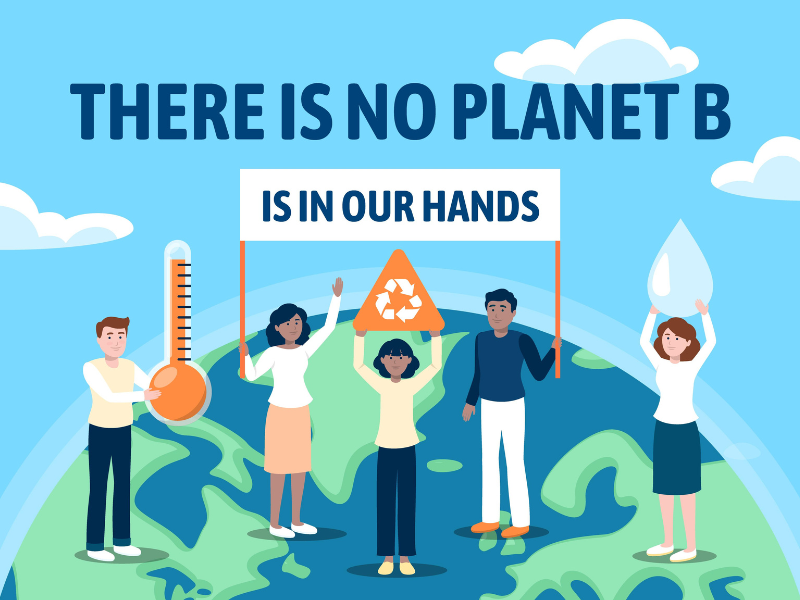While many technologies have helped people and advanced society, others once hailed as breakthroughs today have detrimental implications. Once-wonderful insecticide DDT had far-reaching harmful consequences on the ecosystem, as did plastic packaging. Two innovations—leaded gasoline and chlorofluorocarbons—cause the most harm (to human and planetary health) (CFCs).
Thomas Midgley Jr., a chemical engineer from Beaver Falls, Pennsylvania, who wore glasses, invented both.
Low-quality gasoline at the turn of the century caused engines to knock, reducing performance and economy and often causing mechanical failure. In 1916, Charles Kettering, inventor of the electric starter, asked Thomas Midgley to produce a gasoline additive that would boost car engine performance. Midgley opted for ethanol after many fruitless efforts (the same ethyl alcohol found in wines and spirits). Midgley patented an alcohol-gasoline anti-knock fuel in 1920.
Midgley and Kettering hailed ethanol as the “fuel of the future,” but they couldn’t patent the technique and couldn’t profit from it. Prohibition made it easier for farmers to produce ethanol from corn, which increased home distillation. Further, ethanol’s dual purpose as a fuel source made it unpalatable to the oil business, whose support the embryonic automakers sector needed.
The dark discovery by Midgley
Midgley and Kettering had moved on to General Motors by this time, and Alfred P. Sloan (often called the “father of planned obsolescence”) had abandoned their attempt to sell gasoline mixed with ethanol in 1921. Sloan’s plan to fight Ford’s Model-T comprised flashier cars with more powerful engines, but engine knock remained a problem. GM sent Midgley back to the lab to build a cheap, profitable gasoline additive.
The first in the US to include lead was ethyl-branded gasoline. BEV Norton’s fault. The first leaded gasoline in the US was called “Ethyl.” To Norton’s credit Midgley discovered tetraethyl lead in December 1921. (TEL). Karl Jacob Löwig developed TEL in 1853, but Midgley discovered that adding it to gasoline prevents engine banging when a cool flame burns fuel too early. TEL disturbs this process, allowing combustion to occur at the correct time, and enhancing engine compression, speed and fuel economy. TEL was inexpensive to develop and could be trademarked, opening the door to significant income for GM.
Due to the detrimental health effects of lead, the word “lead” was never used when the first leaded gasoline was introduced in Dayton (Ohio, USA) in February 1923 under the brand name “Ethyl.” This name evoked discarded ethanol.
First TEL deaths
Midgley was vice president of the Ethyl Corporation, a collaboration between GM and Standard Oil (now Exxon) that commissioned Dupont to produce “Ethyl fluid” (essentially TEL plus red dye). Despite the company’s assertion that TEL was safe, numerous states outlawed it after hundreds of workers hallucinated, went insane, and died at a new New Jersey factory.
Midgley held a press conference in 1924 to tout the TEL’s safety. Source: Wikipedia Midgley praised TEL’s security in 1924. Wikipedia photos
After recovering from lead poisoning in 1923, Midgley participated in a press briefing on 30 October 1924 to illustrate TEL’s safety. He then rubbed TEL into his hands and inhaled its fumes for 60 seconds in front of the journalists, insisting he would be OK doing this every day and blaming the illness on staff who hadn’t followed safety rules. Midgley knew TEL was toxic. In 1922, DuPont’s chairman described it as a “colourless liquid with a sweetish odour that causes lead poisoning swiftly if absorbed through the skin.”
Midgley ignored TEL’s risks for its financial benefits. According to his 1925 scientific conference presentation, “tetraethyl lead is the only known material that can achieve these [anti-knock] findings, which are important to the economical use of all automotive equipment by the general population.” He didn’t say he’d altered his view regarding ethanol as an anti-knock component since it burns cleanly.
Health consequences
Large corporations convinced the US Surgeon General that the health dangers of lead-tainted gas were insignificant compared to the economic benefits. By 1936, 90% of U.S. gasoline contained ethyl fluid, having quickly surmounted regulatory barriers from states and health agencies. Leaded gasoline became standard globally in later decades. In 2000, Mexico City’s four million cars produced 32 metric tonnes of lead daily.
People stopped using lead-tainted gasoline in the early 21st century. CC-licensed photo (CC0) Most industrialised nations eliminated leaded gasoline by the early 2000s. Pixabay’s public-domain image.
Leaded gasoline was a public health hazard. Lead has no physiological use and harms the kidneys and nervous system. It can cause children to lose their IQ and become more aggressive and impulsive. Research links childhood lead exposure to violent criminality.
In the 1980s, the U.S. began phasing out leaded gasoline as Americans learned of its health risks (only Algeria continues to use leaded petrol today). Due to the widespread usage of leaded gasoline for nearly a century, the metal is now embedded in the planet’s surface, atmosphere, water supply, and human bodies. According to a 1992 research in The New England Journal of Medicine, modern people have 625 times more lead in their skeletons than pre-Columbian North Americans. Leaded gasoline causes 90% of lead poisoning in poor children, according to the WHO. 15 to 18 million youngsters suffer chronic brain damage.
Discover of Freon
Thomas Midgley’s next great innovation addressed a problem with General Motors refrigerators of the 1920s. This equipment sometimes emits corrosive gases like sulphur dioxide or methyl formate (highly toxic if inhaled and flammable).
Under Midgley’s leadership, scientists invented dichlorodifluoromethane, the first chlorofluorocarbon (CFC), a non-toxic, non-flammable refrigerant commercialised Freon-12. Midgley blew out a candle after inhaling the gas to show the American Chemical Society its effectiveness.
Midgley’s next concept was to fix refrigerators. James Vaughan Midgley’s second invention was refrigerators. Chlorofluorocarbons were first synthesised in 1939 and immediately became used as refrigerants, aerosol propellants, and solvents. Midgley didn’t realise that these gases would blast a hole in Earth’s ozone layer, which absorbs cancer-causing UV light. Even though the CFC-caused gap has stabilised, the situation is still worrying and will take decades to repair.
Think about this:
Midgley can be forgiven for the CFC debacle, but tetraethyl lead’s dangers were immediately apparent. Thomas Midgley was honoured for his two discoveries and 170 patents, including ethyl gasoline. Midgley was paralysed by polio in 1940. He was an innovator. Therefore, he let others help him move using ropes and pullies he built. He was strangled to death on November 2, 1944, at age 55. His final idea only injured him, unlike his first two, which were global.




